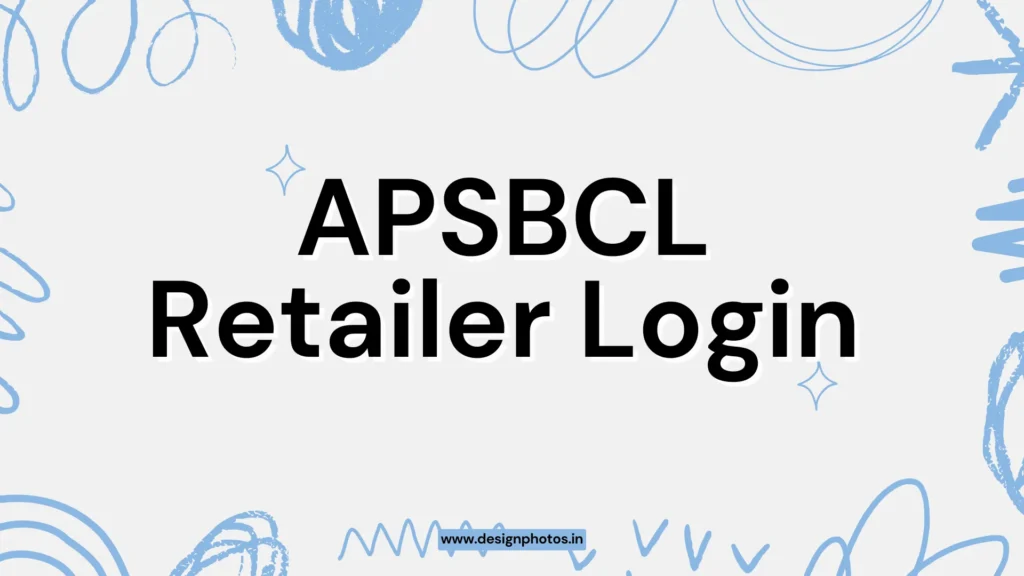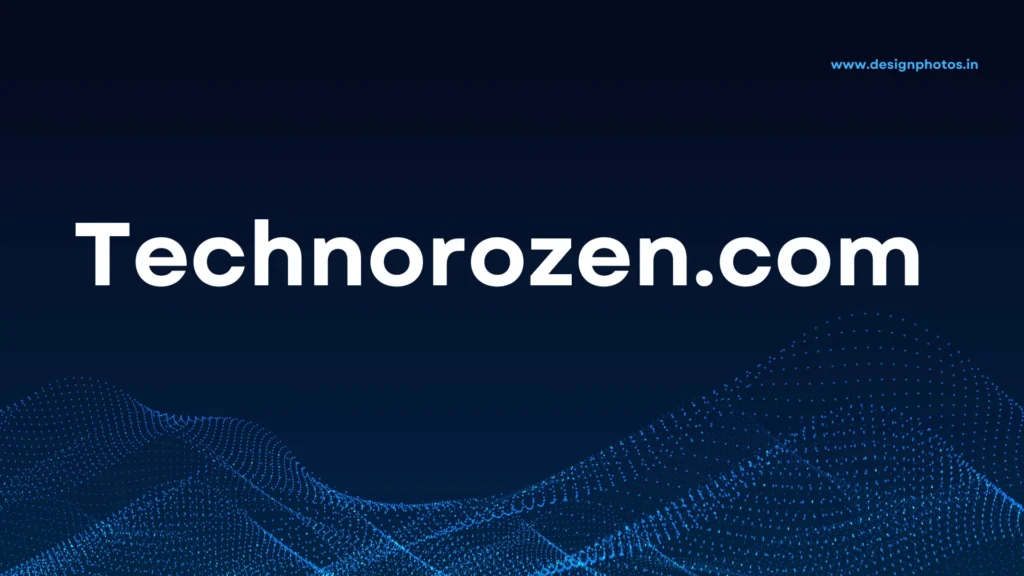1377x is widely recognized as a domain associated with the 1337x torrent ecosystem, serving as a searchable index of torrent files and magnet links used by BitTorrent clients for peer-to-peer sharing. The 1377x platform itself does not host the underlying media; instead, it catalogs metadata that enables distributed downloads between users’ devices. This guide offers a neutral, educational exploration of how 1377x functions, how torrent indexing works, the legal and security implications, common access challenges, and ethical alternatives for discovering content. The intent is to inform about the realities of the torrent index landscape while emphasizing responsible, lawful behavior.
What Is 1377x and How It Relates to 1337x
1377x is best understood as a mirror or domain variant closely connected to 1337x, a long-standing torrent directory with a strong reputation for organized browsing and active community contributions. Over time, torrent indexes often appear under multiple domains to remain accessible in regions where certain addresses face blocking or deindexing. As a result, users frequently encounter 1377x alongside 1337x, with both presenting similar interfaces, categories, and search capabilities that surface magnet links and torrent files.
The core function of 1377x is to facilitate discovery. By indexing torrent metadata, 1377x lets visitors find entries submitted by the community, review details such as file sizes and seed-to-leech dynamics, and initiate downloads through external BitTorrent clients. This catalog approach means 1377x sits upstream from the actual data transfer, which occurs directly between peers. The distinction is crucial for understanding both how the site operates and why its legal and access status can vary across jurisdictions.
Also Read – BestAutoXperts.com | Trusted Car Care & Maintenance Tips
How Torrent Indexes Like 1377x Work
A torrent index like 1377x acts as a dedicated search engine for content distributed via the BitTorrent protocol. Torrent files contain metadata about the content, while magnet links encode cryptographic identifiers and tracker information that a BitTorrent client uses to discover peers. When a user selects a magnet link on 1377x, the BitTorrent client engages a decentralized network to locate peers who possess pieces of the requested file. The client then downloads chunks from multiple sources, reassembling them locally for playback or use.
Within this ecosystem, there are several distinct roles. The index, such as 1377x, provides the directory and discovery interface, enabling searches by category, title, or uploader. Trackers, either centralized or in the form of distributed hash tables, assist clients in locating peers who have the relevant file fragments. The client software, such as qBittorrent or similar tools, manages connections, prioritizes pieces for efficient downloading, and handles seeding after completion. By separating these functions, the ecosystem remains resilient, but it also introduces risks and complexities in legal accountability and security.
Popularity, Reach, and Engagement
1377x and 1337x have remained popular due to straightforward navigation, reliable categorization, and active user feedback on torrents. Third-party traffic estimates often position 1337x and 1377x among the most visited torrent-related domains, with large volumes of global traffic and notable engagement depth. While such estimates are not official, the consistent appearance of 1337x and 1377x in industry roundups and traffic comparisons reflects ongoing user interest and habitual use.
Engagement patterns typically show that visitors spend time checking uploader reputations, reading comments, and reviewing seed ratios before initiating a download. This behavior signals a community-driven approach to quality control and a practical response to the risks of fake or malicious uploads. At the same time, traffic can fluctuate due to regional blocks, ISP filtering, domain changes, and legal developments, which periodically shift where and how users access the index.
Legal Landscape and Takedown Dynamics
Torrent technology itself is lawful in many jurisdictions, but downloading or distributing copyrighted material without permission is illegal and can carry consequences. The 1377x index, like other torrent directories, frequently appears on blocklists or in legal filings aimed at curbing access to unauthorised copies of films, series, music, software, and other works. Rights holders may request takedowns of specific links, pursue court orders for ISP-level blocking, and apply pressure on search engines to reduce visibility of infringing domains.
These efforts contribute to a cat-and-mouse cycle. When a main domain encounters blocks or deindexing, mirrors, proxies, and alternative addresses emerge to restore access. Users then gravitate to domains such as 1377x when the primary 1337x address is restricted. The result is a fragmented landscape where availability varies by country, ISP, and even time of day, and where the legal risks remain a persistent consideration for anyone attempting to download copyrighted content via torrents.
Safety Considerations and Common Threats
Security risks around torrenting are significant, and 1377x users face the same threats common to the broader ecosystem. Malicious actors may upload fake torrents containing malware, adware, or trojans that compromise systems once executed. Impostor sites can mimic familiar branding, including variations of 1377x, to distribute harmful installers or capture sensitive data. Even if a torrent seems legitimate, bundled software or deceptive prompts can introduce persistent ad injections, browser hijacking, or data exfiltration.
Due diligence can reduce but not eliminate risk. Community cues such as verified uploader status, sustained positive feedback, and detailed comments help identify higher-quality torrents. Nevertheless, high-quality operational hygiene remains essential, including keeping operating systems and browsers updated, using reputable endpoint protection, scanning downloaded archives, and avoiding executable files of dubious origin. No privacy or network routing tool can guarantee file integrity; the safest route is to obtain content from authorized sources where authenticity and security are assured.
Access Issues, Regional Blocks, and 1377x Mirrors
Access to 1377x frequently changes due to ISP blocks, DNS interference, and domain-level enforcement. In response, a proliferation of mirrors and proxies appears, each presenting a similar interface and indexing the same or overlapping sets of torrents. While mirrors help maintain availability, they also raise the risk of landing on spoofed or malicious sites that harvest traffic through familiar 1377x branding. Because mirror trustworthiness varies, users can encounter aggressive advertising, forced download managers, or misleading “update” prompts that introduce security threats.
The continual emergence and retirement of 1377x domains complicates discovery through search engines and social platforms. Lists of “current” mirrors circulate in forums or community posts but can become outdated quickly or be manipulated to direct traffic to harmful destinations. This instability is a hallmark of the torrent index ecosystem and underscores how legal efforts and countermeasures shape where and how users find 1377x at any given time.
Technical Footprint and Resilience Strategies
Prominent indexes like 1377x generally adopt a layered technical posture aimed at sustaining performance and resisting disruption. Common approaches include using protective intermediaries to mitigate denial-of-service attacks, caching strategies to absorb traffic surges after major releases, and server arrangements that obscure hosting details. On the front end, fast-loading pages, efficient search, and robust categorization enable quick navigation across large catalogs. On the back end, indexing pipelines and metadata consistency checks help keep listings current and reduce stale or dead entries.
Despite these measures, technical resilience does not fully shield 1377x from legal or policy interventions at the DNS, IP, or hosting level. When enforcement actions succeed, mirrors often fill the gap, though sometimes with degraded reliability or safety. In practice, this leads to an ecosystem where uptime and performance vary, and where the end-user experience depends on which 1377x domain is accessible in a given region.
Also Read – Techpondrk.in: Reviews, News & Tools for Tech Lovers
Ethical and Legal Alternatives to 1377x
There are numerous lawful avenues for accessing films, TV series, music, software, and games that do not involve the risks associated with torrent indexes. Licensed streaming services, digital rental and purchase platforms, and subscription offerings provide extensive catalogs with predictable quality and robust security. For software and games, official stores and developer sites ensure updates, support, and integrity checks that unofficial downloads cannot reliably provide.
Beyond commercial options, open-licensed and public-domain resources offer rich collections of media, books, and educational materials. Many creators release their work under Creative Commons licenses or make it available through reputable repositories that verify authenticity. Choosing these channels supports artists and developers while minimizing exposure to malware, deceptive installers, and legal liabilities that can accompany unauthorized downloads from 1377x derivatives.
Conclusion
1377x functions as a widely recognized domain within the 1337x torrent-index landscape, providing a discovery layer for magnet links and torrent files that BitTorrent clients use to facilitate decentralized file sharing. Its popularity stems from navigable design and community curation, yet its accessibility fluctuates due to legal actions and ISP-level blocks that spur constant domain shifts and an expanding mirror network. The ecosystem surrounding 1377x carries nontrivial security and legal risks that community vetting cannot fully mitigate. For a secure, dependable, and ethical experience, the prudent approach is to prefer licensed platforms and open-licensed repositories, ensuring content authenticity while supporting creators and reducing exposure to threats.
Frequently Asked Questions
Is 1377x the same as 1337x?
1377x is typically a domain or mirror associated with the 1337x ecosystem, offering a similar interface and access to torrent metadata. The main difference lies in the domain name and its availability in different regions, not in the fundamental indexing function. As domains shift or face blocks, 1377x often serves as an entry point to the same underlying catalog and community features that users recognize from 1337x.
Why is 1377x blocked in some places?
Authorities and rights holders in certain jurisdictions seek to limit access to sites that index links to unauthorized copies of copyrighted content. Courts can order ISPs to implement blocks, and search engines may limit visibility of domains associated with infringement. As these measures propagate, availability of 1377x changes, prompting the creation and promotion of additional mirrors that attempt to restore access under new addresses.
Is it safe to use 1377x?
No torrent index can guarantee safety. Even if the site interface appears familiar and community feedback is positive, the risk of malicious torrents, deceptive installers, and impostor domains remains. Strong security practices reduce exposure but cannot remove the underlying legal and technical risks. The most reliable protection is to avoid unauthorized downloads and to use legitimate sources that verify content integrity and respect intellectual property.
What are the common impostor risks when searching for 1377x?
Many lookalike domains imitate 1377x with similar logos and layouts but inject aggressive pop-ups, deceptive download buttons, and bundled installers that can compromise devices. The safest practice is to avoid entering credentials anywhere, refuse “update” prompts or unfamiliar download managers, and rely on legitimate, licensed sources instead of unverified sites that piggyback on the 1377x name.
How does 1377x differ from a BitTorrent client or tracker?
1377x is an index that catalogs torrent metadata and magnet links, whereas a BitTorrent client performs the actual peer-to-peer transfer and a tracker or DHT helps peers find each other. This means 1377x functions as a discovery layer, while the client manages connections and data exchange, and understanding this separation clarifies why access to 1377x can be blocked independently of the underlying network activity.



